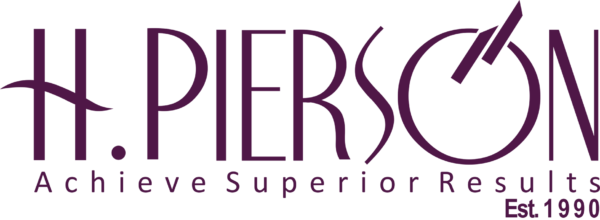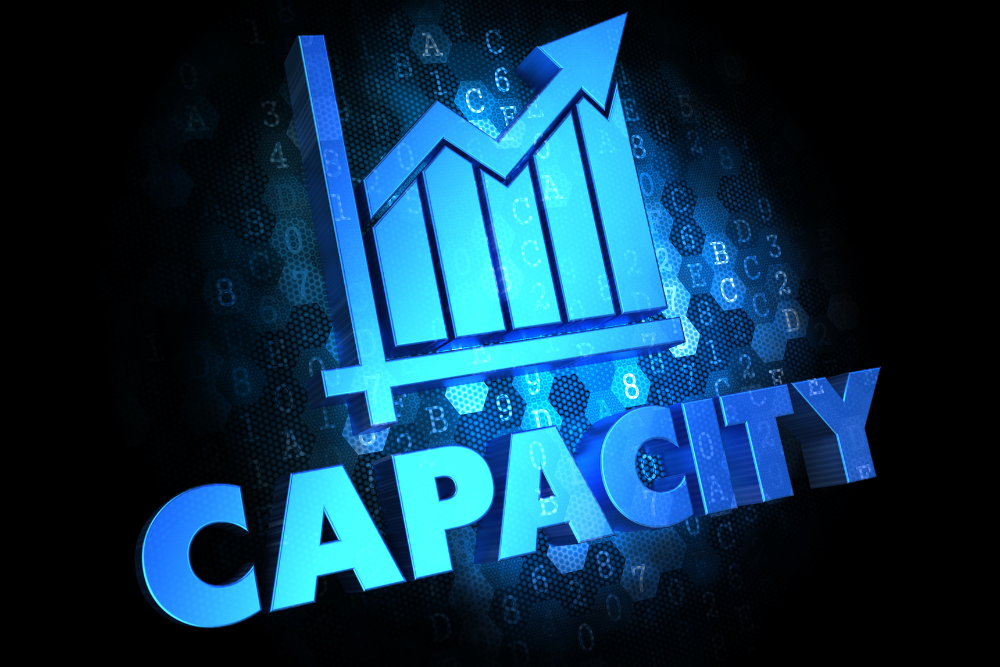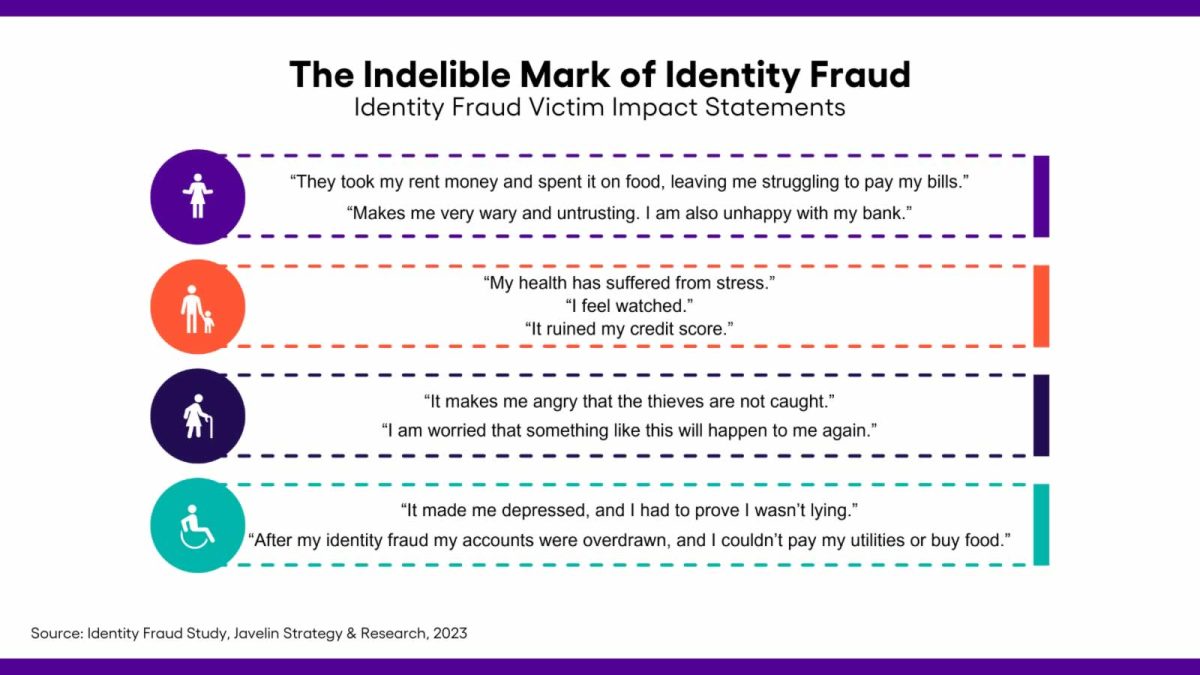Dear Chairman,
For the first time in decades, Local Government Chairmen across Nigeria are not merely implementers, they are now primary architects of grassroots development.
The recent shift toward autonomy marks a turning point. Yet autonomy, by itself, does not guarantee impact. It merely removes the excuses. What separates councils that deliver from those that don’t will come down to one thing: strategic governance.
Why Capability Now Matters More Than Cash
Without the right strategy, autonomy risks becoming a decentralisation of failure. Many councils, now in charge of their budgets and priorities, will discover that resources without direction can quickly become waste.
Local Government strategy must begin with four critical, questions:
1. Where must we be by 2029 to stay relevant? (Vision)
2. Why do we exist beyond elections? (Mission)
3. What matters most to our people? (Values)
4. What few high-impact actions will get us there? (Strategic Choices)
At H. Pierson, we distil this into a practical approach that moves your team from mission to measurable execution. It aligns leadership, departments, simplifies decision-making, and ensures that every initiative serves a clear outcome.
Global Lessons: What Strategic Local Government Looks Like
Kenya – Makueni’s Health Transformation Through Devolution
Following the 2010 Constitution, counties in Kenya gained more fiscal control. Makueni County stood out by creating Makueni Care, a low-cost health scheme funded jointly by citizens and the county government. It now serves over 200,000 people. The secret? A clear local mission, community buy-in, and discipline in focusing on one flagship outcome.
Malaysia – Local Governance Driven by Results
In Malaysia, local councils implemented Performance-Based Budgeting (PBB), linking every allocation to pre-agreed service delivery metrics, from waste collection frequency to market licensing efficiency. Regular performance reports are published, and underperforming departments are openly reviewed. The result is a culture where autonomy is tied to accountability, not just authority.
Both examples show that autonomy without performance management is hollow. What made these councils succeed was their ability to focus, prioritise, and deliver visibly.
What Nigerian LGAs Must Now Prioritise
As your 2025 budget cycle begins, here are three principles that can reposition your council:
1. Concentrate 70% of your spend on two flagship priorities, for example, local job creation and health service delivery. Resist the pressure to do everything.
2. Institute a Local Performance Dashboard, tracking monthly data on IGR, project status, and citizen satisfaction. It must be simple enough to share via WhatsApp.
3. Introduce Performance Contracts for department heads — reviewed in quarterly public forums. Let your leadership team sign what they intend to deliver.
These actions are not bureaucratic formalities — they create structure, build momentum, and anchor your legacy.
How We Partner
At H. Pierson, we have supported public sector strategy across Nigeria and Africa for 35 years. Our work with Governments focuses not only on writing documents, but on building decision-making muscle that lasts.
We offer:
· Strategy Development Retreats to co-design your council’s mission, priorities, and delivery model
· Quarterly Strategy Clinics to monitor execution and address bottlenecks in real time
· Digital M&E Tools (optional) to track performance and communicate progress with citizens
But more than tools, we bring the mindset needed to govern with clarity, courage, and consequence.
Final Thought
Autonomy is not a finish line — it is a starting block. And at this moment in Nigeria’s history, the best local governments will not be the richest but the most strategic.
You now hold the pen. What story will your council write?












